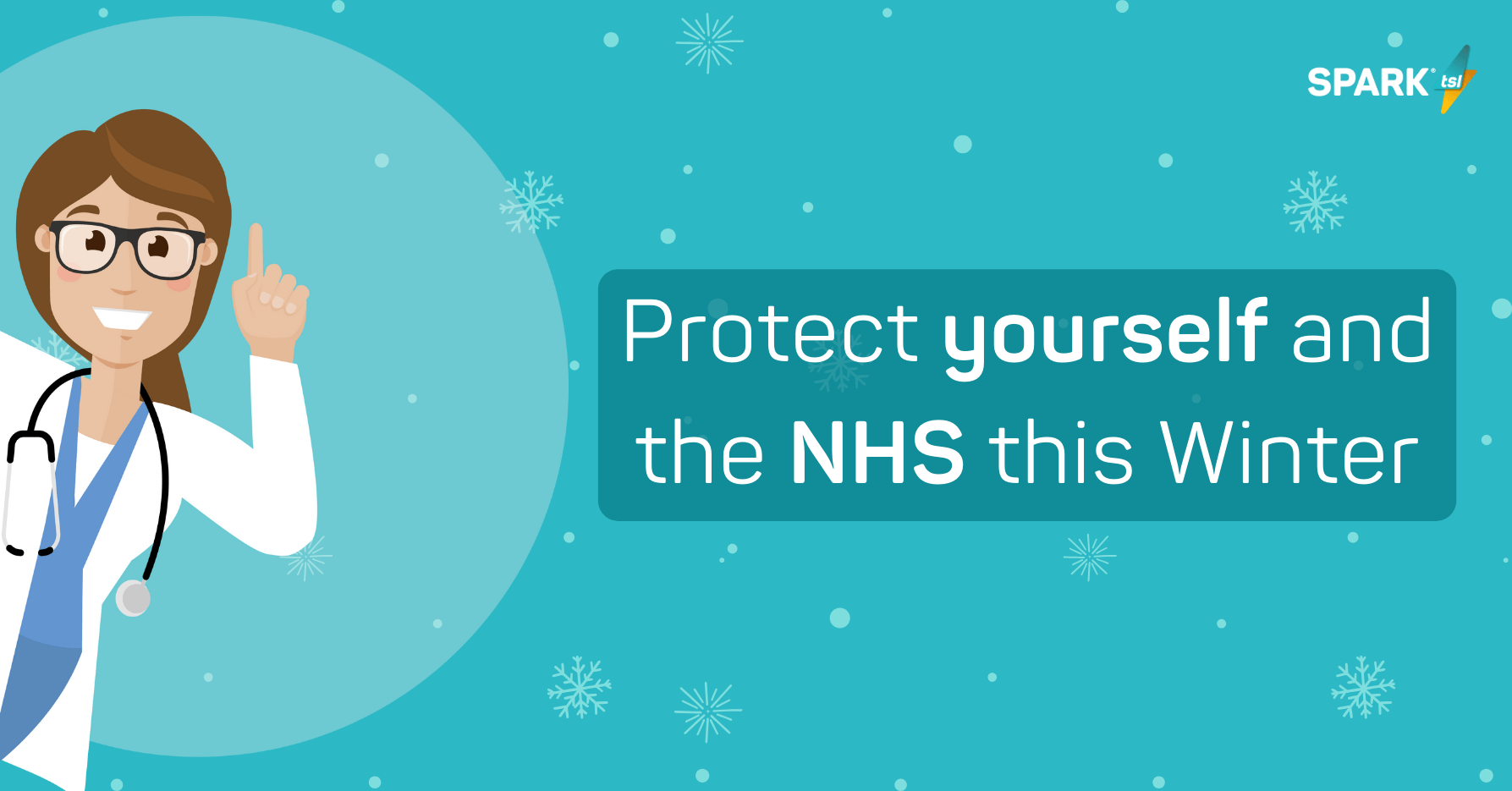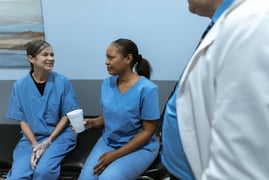Analysing NHS Winter Pressures and Exploring Possible Solutions
4 minute read | 28/09/2023

As winter gradually creeps towards us, it’s time to face the reality of all the challenges the season can bring along with it.
When it comes to winter, the stats don’t lie. NHS patients and staff up and down the country will no doubt feel the heightened pressures of demand amplified by external factors like the cost-of-living crisis.
However, this doesn’t mean services need to necessarily suffer or succumb to the challenges that will arise along the way.
In this guide, we’ll highlight the main winter pressures and raise awareness of them while also exploring possible solutions with lasting benefits for Trusts beyond seasonality concerns.
What winter pressures are the NHS facing?
In healthcare, there are numerous year-round challenges that aren’t necessarily exclusive to winter in isolation.
However, winter-specific illnesses, like spikes in colds and flu, routinely cause a surge in hospitalisations, which, in turn, emphasise a variety of seasonal pressures for NHS staff.
Increased demand for services
In January 2024, the NHS reported an alarming 96% bed occupation due to surging Norovirus and flu cases.
With beds nearly at full capacity, ensuring efficient treatment cycles for timely discharge is paramount to accommodating new patient intakes and reducing growing waiting lists.
The administrative consequences for staff can be just as damaging as the health implications for patients missing out on urgent care due to the stretched demand.
Overworked staff
This goes hand-in-hand with the surging demand for services. As service capacity is pushed to the limit, so are the frontline responsibilities of NHS staff, which can understandably take its toll.
Staff shortages are therefore common due to reduced morale, but also as a result of seasonal illnesses within the population as a whole.
This has a knock-on effect on the quality of patient care, with slower treatment turnover speeds, more bed blocking and heftier cost inefficiencies.
Bed blocking
Bed blocking refers to patients occupying a hospital bed they no longer necessarily need.
Bed occupancy is already a huge winter pressure for the NHS, with more than 19 in 20 beds occupied across adult general and acute hospital wards (95.7%) in the week ending 15 January 2023.
This is generally heightened due to poor hospital discharge systems and a lack of ongoing destinations for patient care once they’re deemed well enough to leave the hospital.
Funding and cost efficiency
Beyond staff wellbeing, quality of care and bed occupancy issues, winter can also highlight some key financial concerns for Trusts throughout the country.
For example, outdated systems for patient monitoring in times when resources are stretched can lead to inefficient food supply and wastage. It’s estimated that up to 18% of hospital food may be wasted (equivalent to one in every six meals wasted) every year.
That’s around 0.5 kilograms of food waste produced per patient per week, which soon adds up when you consider the sheer occupancy of beds on a week-to-week basis during the winter months.
Having better control of finances is critical for key decision-makers. With access to new government funding imminent, there’s never been a better time to assess current spending and inefficiency while planning for new investment.
Leveraging the power of SPARK® Fusion
So, now that you’re aware of the main pressures you’re likely to face this winter, you’re probably wondering what you can do to set up staff for success while ensuring you’re delivering on your responsibilities to patients.
Plus, with the opportunity to make good on new investment opportunities due to government funding, it’s time to think about solutions that can support digital transformation and operational efficiencies to navigate the challenging winter period as effectively as possible.
Our latest eBook is a more detailed analysis of winter pressures for the NHS and a comprehensive examination of one key solution that can help to alleviate these challenges — SPARK® Fusion.
New to the UK, SPARK® Fusion is a complete state-of-the-art, end-to-end infotainment solution that supports patients, staff and NHS hospitals.
With the integration of bedside units (Apple iPad devices) for each patient, the SPARK® Fusion app-based platform ensures patients are informed, engaged and entertained while staff are more integrated — with no wastage of time, food, paper or resources.
All in all, SPARK® Fusion is designed to enhance patient experience and staff efficiencies. This works wonders during periods of stretched capacity, alleviating bed blocking, streamlining cost efficiencies and reducing the risk of dips in staff morale.
To get a clearer picture of how SPARK® Fusion can support this winter, download our free guide today and start your digital transformation journey.
About the author
Rebecca O'Donovan
Becky is the Marketing Director at SPARK TSL, of whom she has worked for since 2012. She is responsible for high-level marketing strategy focusing on lead generation and aiding the vision of the business to ensure business growth.
More articles by the author
Related articles
 SPARK® Fusion
SPARK® Fusion
How SPARK Fusion® Can Offer NHS Support
 Healthcare Industry
Healthcare Industry
What’s Next in Hospital Patient Engagement Solutions? | SPARK TSL
Hospital patient engagement solutions have already come so far, replacing outdated PHRs (Personal Health ...
 Healthcare Industry
Healthcare Industry
Efficient Hospital Patient Engagement Systems Help Everyone
Medical and admin staff have to balance huge workloads. From organising medical records to checking patients ...


